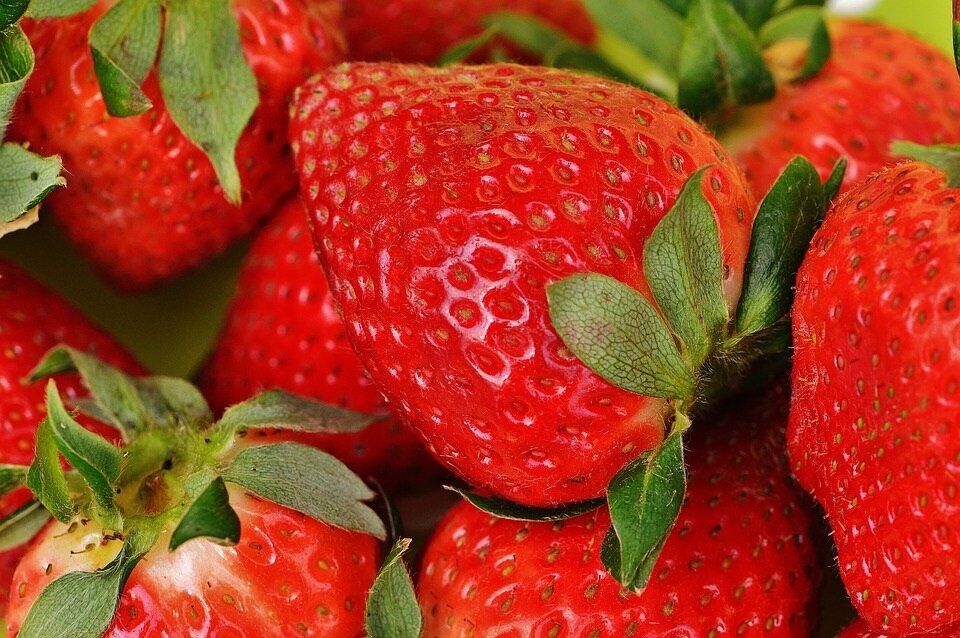Exports of fresh strawberries from Mexico to the world fell 4.6% from 2022 to 2023, totaling US$750 million, according to data from the Ministry of Economy.
Mexico has year-round strawberry production due to the use of protected horticulture and its favorable climate in different regions.
After growing from $568 million in 2019 to $589 million in 2020, Mexican fresh strawberry exports also increased from $735 million in 2021 to $786 million in 2022.
The United States is the main destination for Mexican strawberry exports, with 99.8% of shipments to that market, given its geographic proximity and high demand from the U.S. market.
Berries are among the highest value fruit crops produced in the United States in recent years.
According to the U.S. Department of Agriculture (USDA), in 2020, strawberries accounted for more than $2 billion in annual on-farm sales and about 12% of the total value of fruit production, making them the third most produced fruit in the U.S. after grapes and apples.
Increased consumer awareness of the health benefits of berries and their year-round availability increased domestic demand.
Exports of fresh strawberries
Annual national per capita availability of fresh strawberries and blueberries, an indicator of consumption, soared between 2000-2002 and 2018-2020 (89 percent for strawberries and 574 percent for blueberries).
The increase in demand was predominantly for fresh berries, as consumption of frozen berries grew by less than 2 percent during this period.
In 2022, grapes, strawberries, and apples accounted for 70 percent of the agricultural value of non-citrus fruits.
Outlook
During the 2022-2033 period, the share of fruit farm value accounted for by these major noncitrus commodities is expected to increase slightly as stone fruit acreage in some states shifts to other crops.
USDA expects non-citrus production volume to remain relatively stable over the next decade, as plantings of higher-yielding varieties will offset a slight decline in non-citrus acreage.

